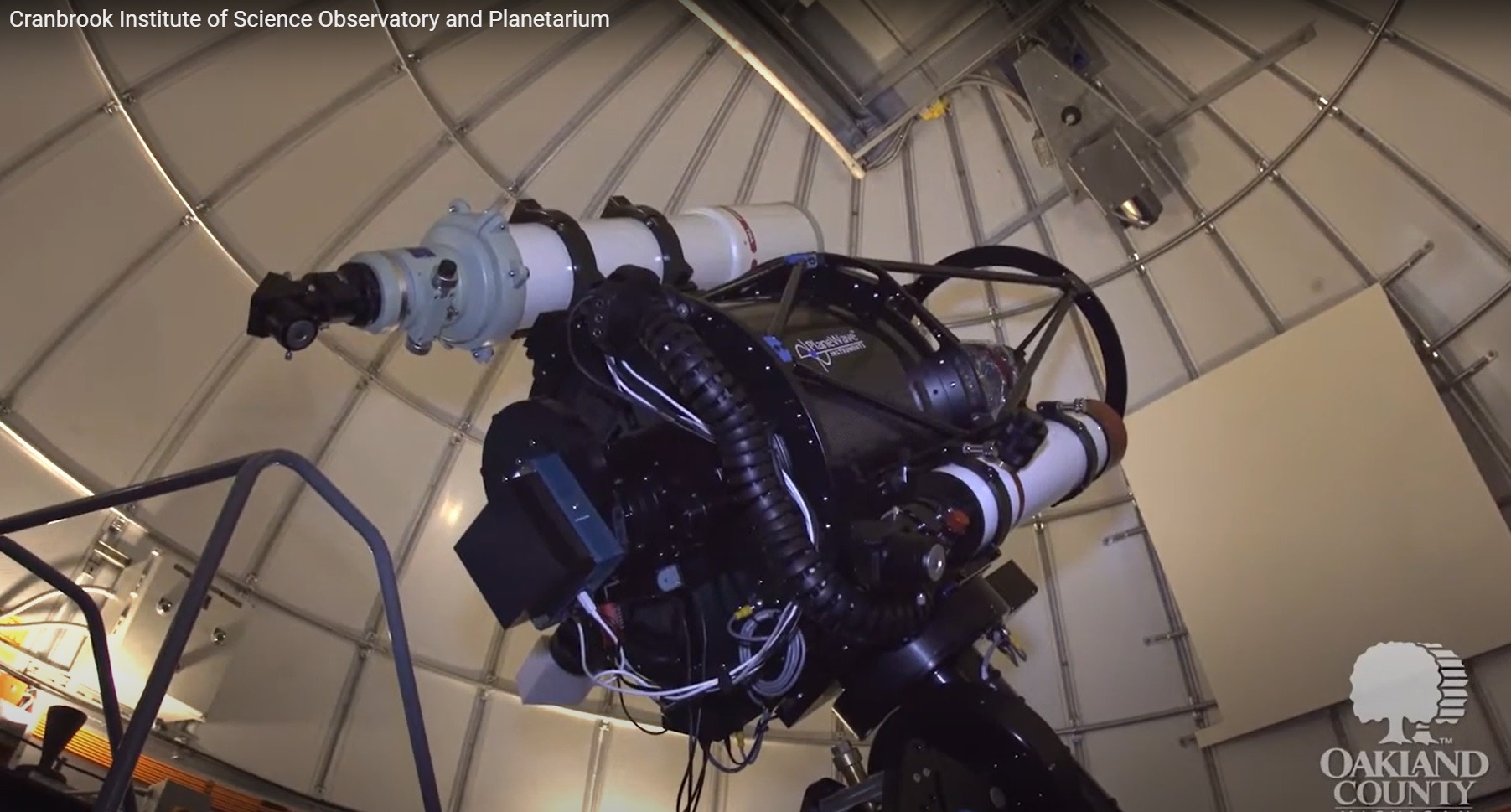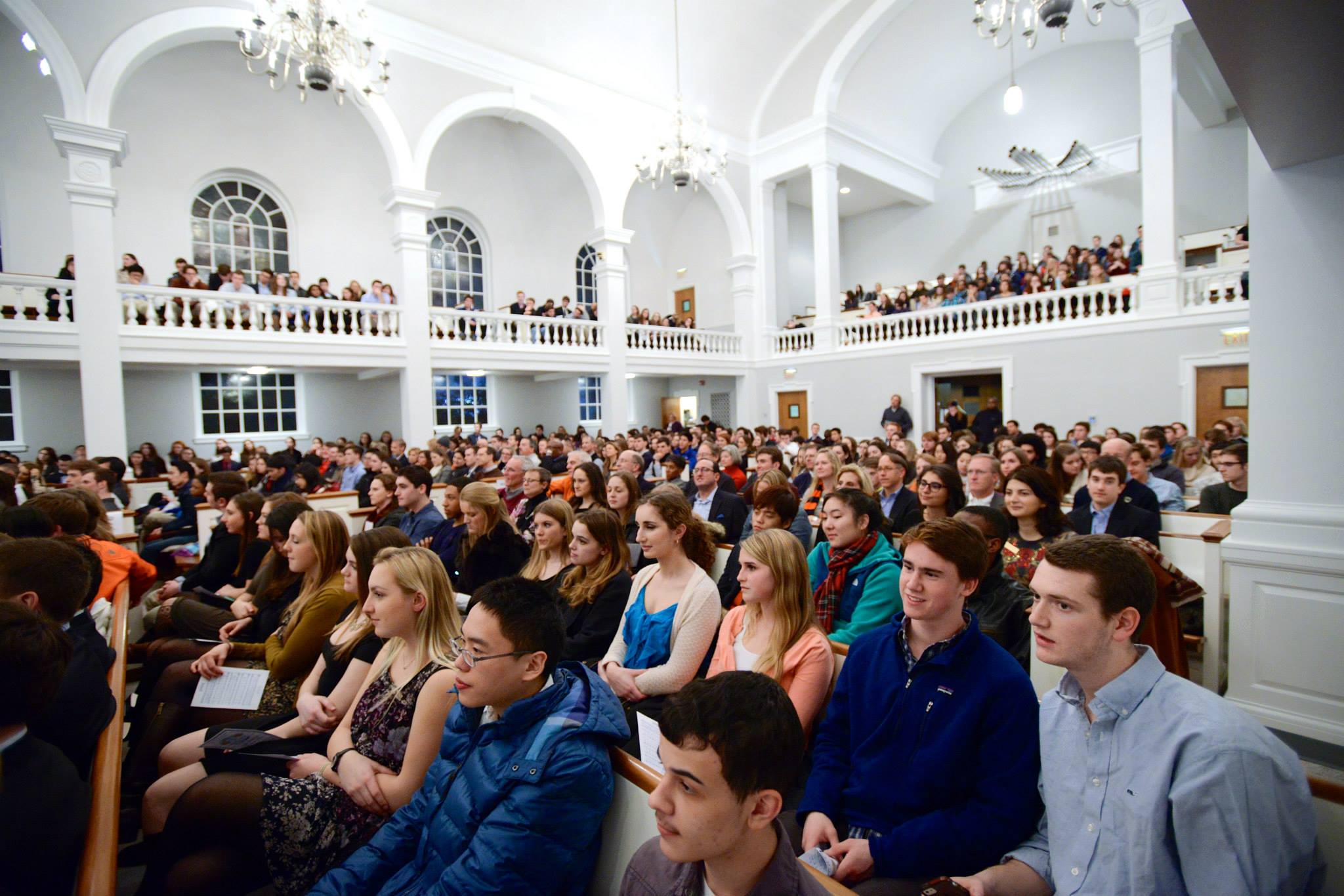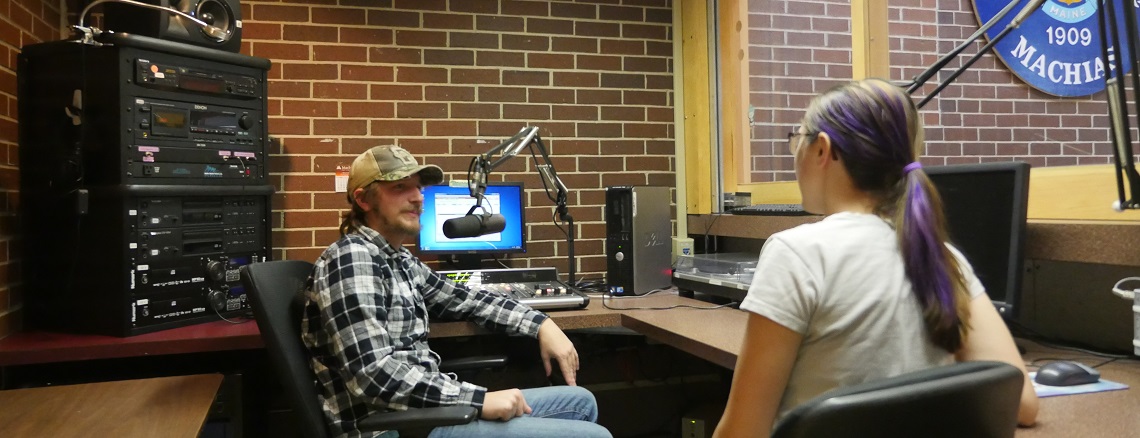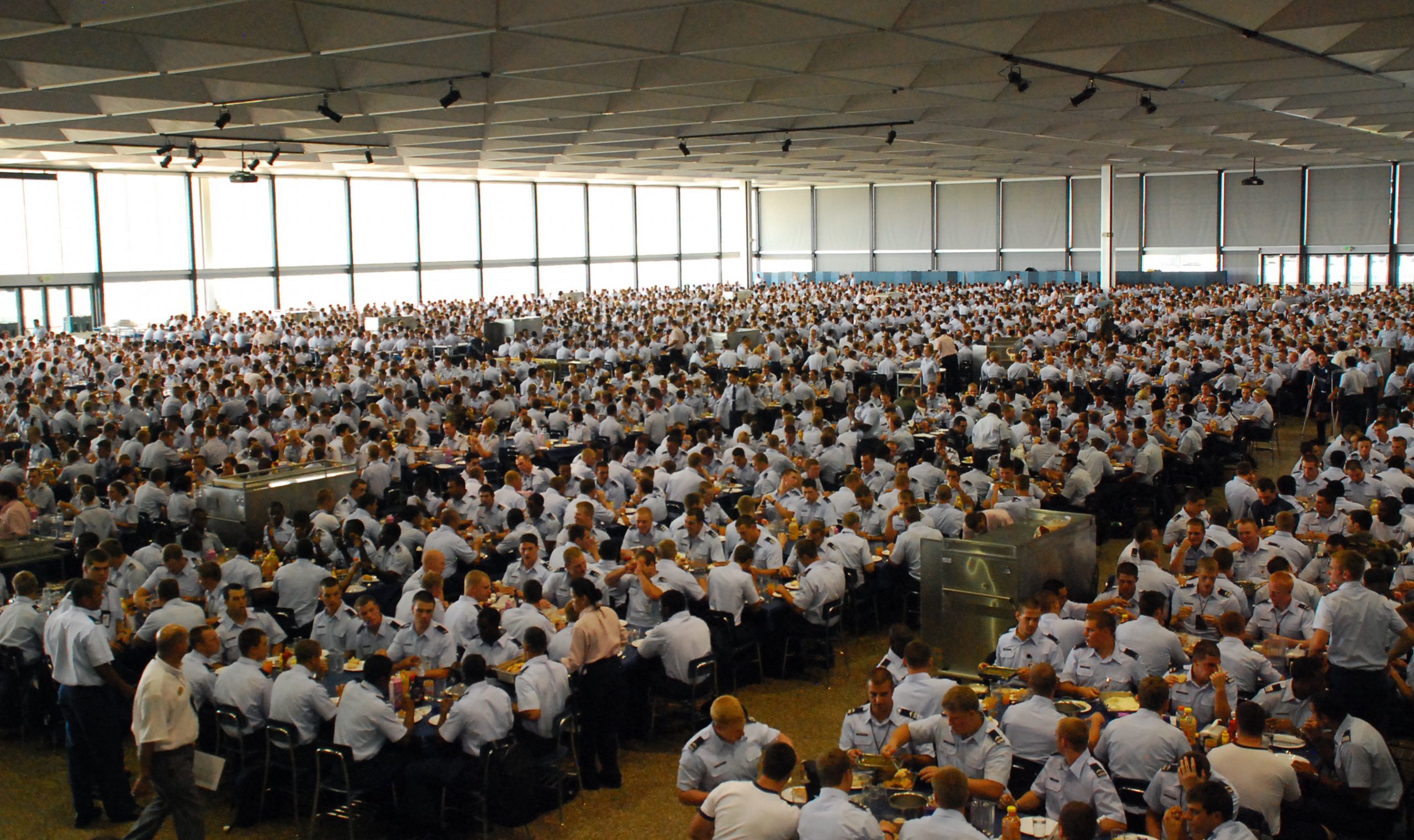Natural gas systems are deeply integrated into educational settlements: providing fuel to district energy plants, hospital backup power systems, hot water systems to residence halls and kitchens to name a few. The American Gas Association catalog is fairly stable; reflected in the relative reliability of the US natural gas distribution network. Still, the door is open for discovering and promulgating best practice; driven largely by harmonization with other standards and inevitable “administrivia”. The current edition of the National Fuel Gas Code (ANSI Z223.1) is dated 2024 and harmonizes with NFPA 54.

Poster showing benefits of gas lighting and heating (Italy, 1902)

Most school districts, colleges, universities and university-affiliated health care systems depend upon a safe and reliable supply of natural gas. Owing to safety principles that have evolved over 100-odd years you hardly notice them. When they fail you see serious drama and destruction.
One of the first names in standards setting for the natural gas industry in the United States is the American Gas Association (AGA) which represents companies delivering natural gas safely, reliably, and in an environmentally responsible way. From the AGA vision statement:
“….(AGA) is committed to leveraging and utilizing America’s abundant, domestic, affordable and clean natural gas to help meet the nation’s energy and environmental needs….”
We do not advocate in natural gas standards at the moment but AGA standards do cross our radar because they assure energy security to the emergent #SmartCampus. We find AGA standards referenced in natural gas service contracts (for large district energy plants, for example) or in construction contracts for new buildings. As with all other energy technological developments we keep pace with, improvements are continual even though those improvements are known to only a small cadre of front line engineers and technicians.
AGA has released seventeen redlines containing proposed changes to one of its parent documents for natural gas delivery” GPTC Z380.1 Guide for Gas Transmission, Distribution, and Gathering Piping Systems. The redlines are listed in the link below:
American Gas Association Standards Public Review Home Page
Public consultation on the 2027 National Fuel Gas Code closes June 4, 2024.
You may obtain an electronic copy from: https://www.aga.org/research/policy/ansi-public-reviews/. Comments should be emailed to Betsy Tansey GPTC@aga.org, Secretary, ASC GPTC Z380. Any questions you may have concerning public reviews please contact Betsy Tansey (btansey@aga.org) as well.

University of Michigan Central Heating Plant

We meet online every day at 11 AM Eastern time to march through technical specifics of all technical consensus products open for public comment. Feel free to click in. Also, we meet with mechanical engineering experts from both the academic and business side of the global education community once per month. See our CALENDAR for our next Mechanical Engineering monthly teleconference; open to everyone.

Issue: [19-27]
Category: Energy, Mechanical, Risk Management
Colleagues: Mike Anthony, Richard Robben, Larry Spielvogel
























